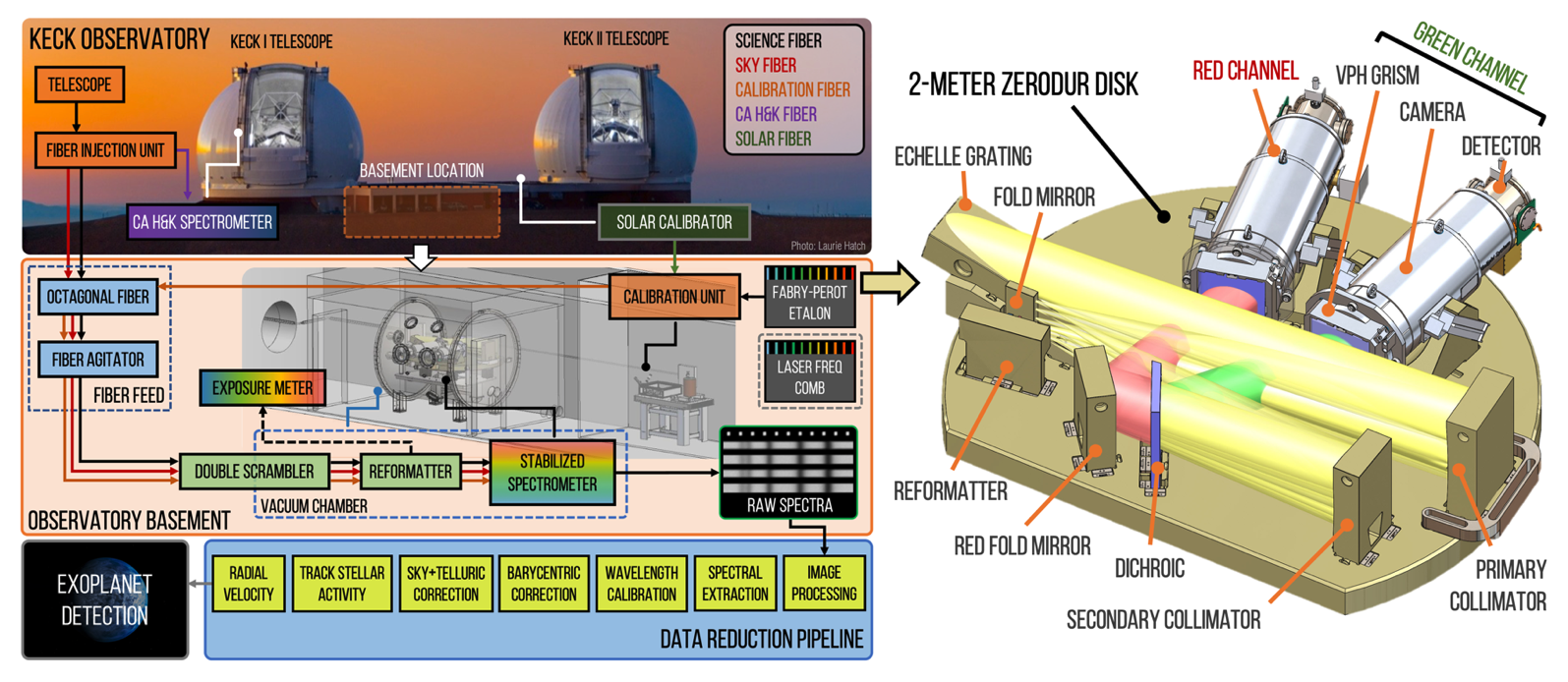What is spin-orbit misalignment?
The spin-orbit misalignment of a planet is quantified by the stellar obliquity which is the angle between the orbital axis of a planet and the rotation axis of its host star. In our Solar System, the planets are nearly coplanar, with obliquities typically only a few degrees. This coplanarity was a key observation that originally inspired the theory of planet formation in disks.
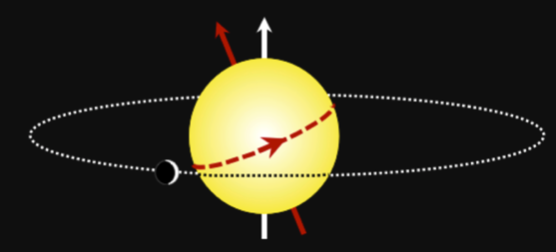
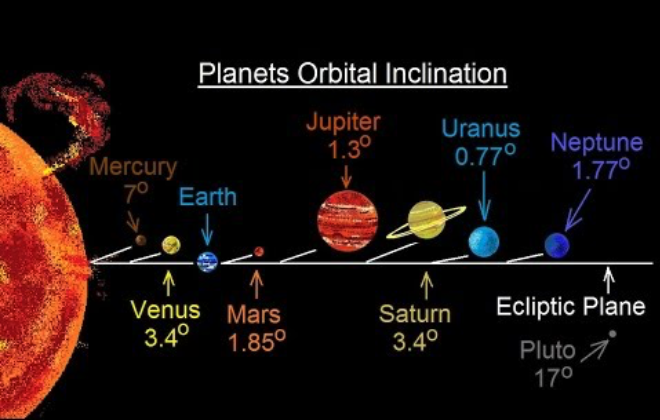
However, many exoplanets are found to be on perpendicular or even retrograde orbit around their host stars. Such high obliquities are often interpreted as evidence for high-eccentricity migration: planets form farther out in the disk, are dynamically perturbed onto eccentric, inclined orbits, and then undergo tidal circularization at periastron. While tidal interactions shrink the orbits, the high inclinations persist much longer, since they are damped only by tides raised on the host star, which are generally far less dissipative.
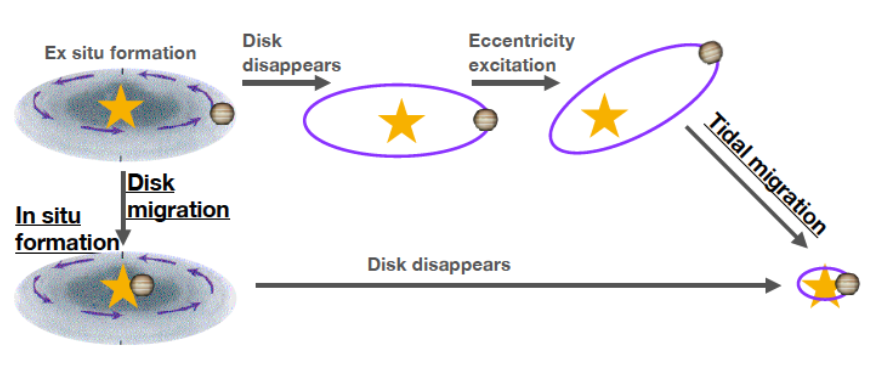
What is responsible for the oblique orbits?
Several theories have been proposed to explain tilted planetary orbits, operating on a wide range of timescales.Some mechanisms act while the protoplanetary disk is still present (e.g., disk warping, stellar fly-bys), while the Kozai–Lidov mechanism typically operates over ∼10 kyr to hundreds of Myr, depending on system architecture. Secular interactions between planets generally manifest after hundreds of Myr, and in even older systems, tidal interactions with the host star can begin to realign misaligned planets. Obliquity measurements of young stars with well-known ages, particularly those in young clusters, will be instrumental for identifying the dominant dynamical process at play in planetary systems. Our recent works (Dai et al. 2020 and Rubenzahl, Dai et al. 2021) have added important new points to the stellar-obliquity diagram.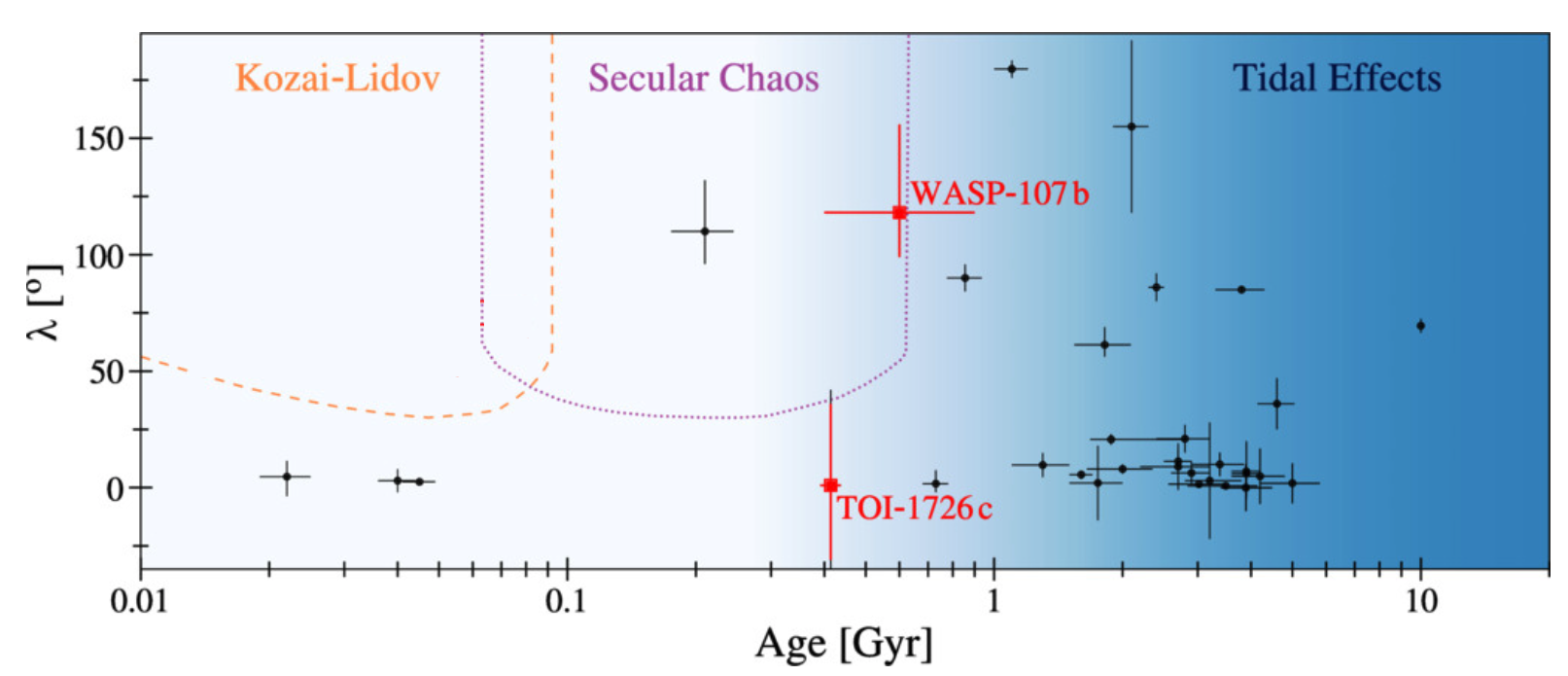
The Keck Planet Finder
The Keck Planet Finder or KPF (PI: Prof. Andrew Howard) is the next generation spectrograph for the Keck Observatory. KPF employs state-of-the-art technology, including double-scrambling fibers and a Zerodur glass optical platform with an exceptionally low thermal expansion coefficient. It spans wavelengths from 445–870 nm with a resolving power of 95,000 and a designed noise floor of 0.3 m/s.KPF’s unique combination of a 10 m aperture, high throughput, and exceptional stability will extend obliquity measurements to fainter but scientifically more compelling systems. In particular, we aim to expand stellar obliquity studies to the young planetary systems being discovered by TESS.
